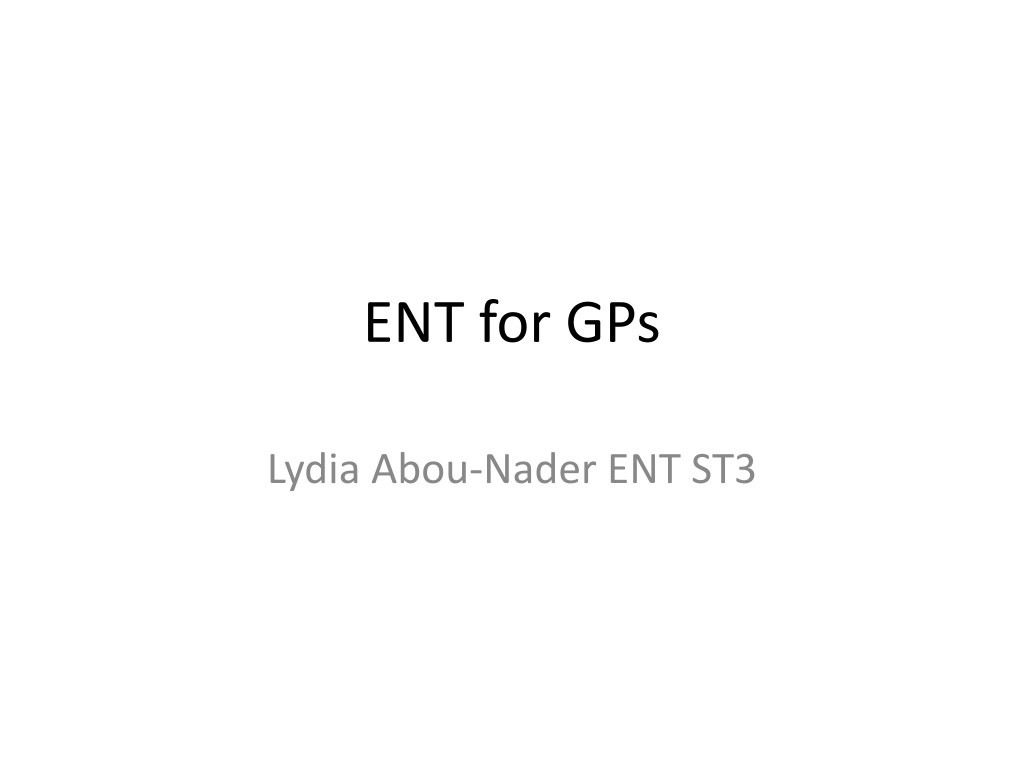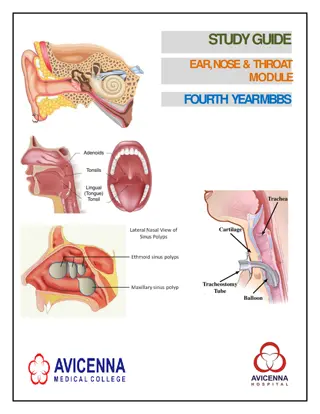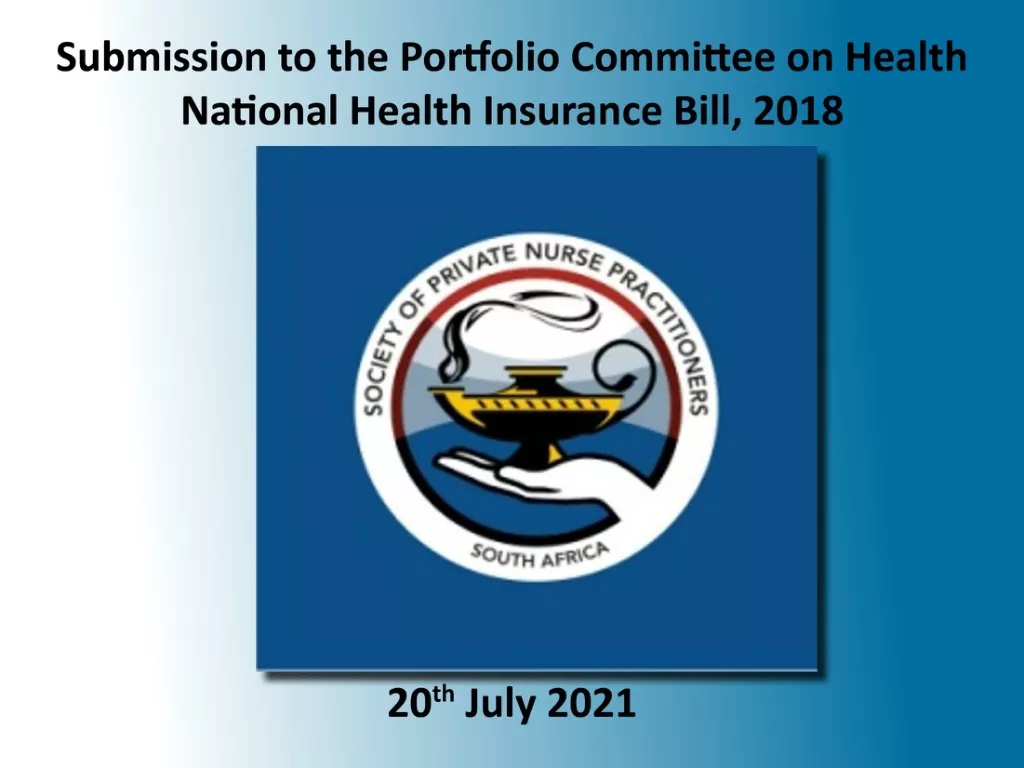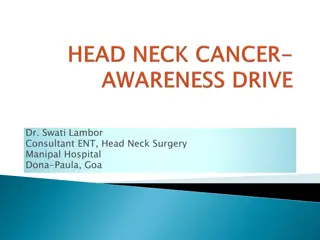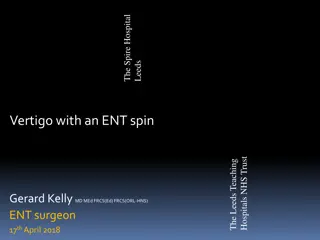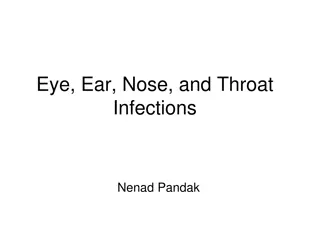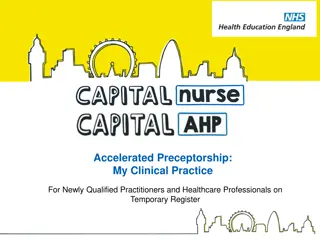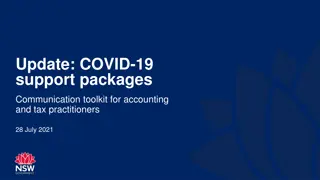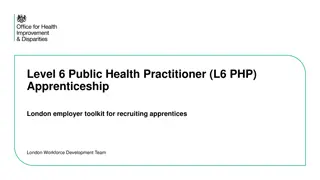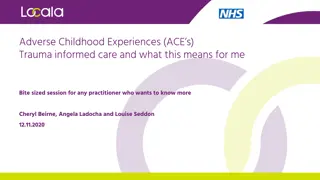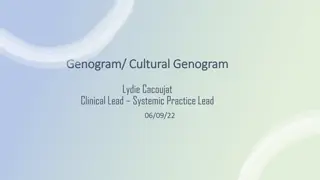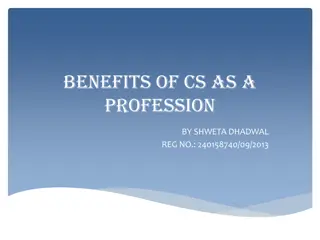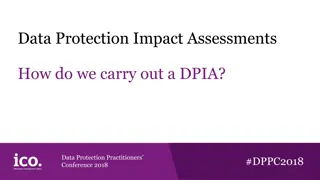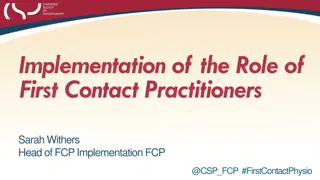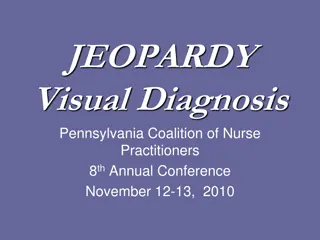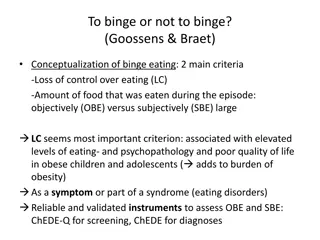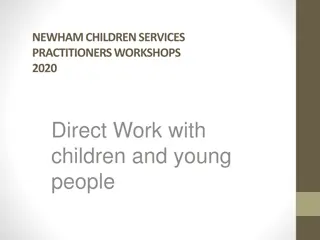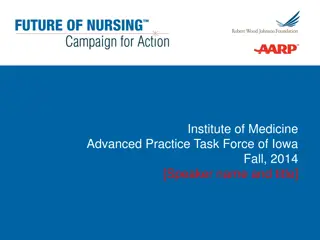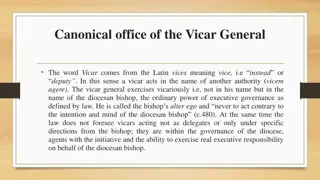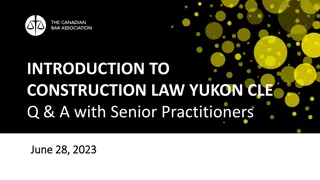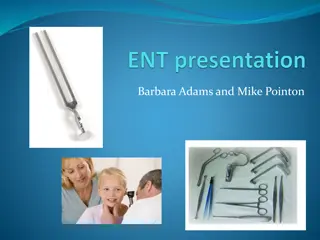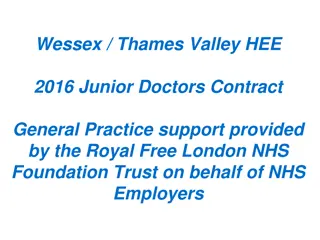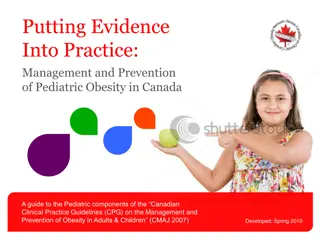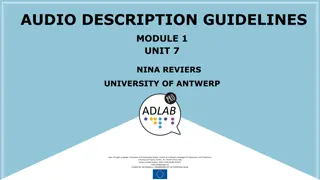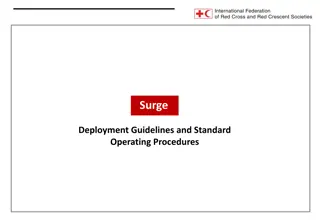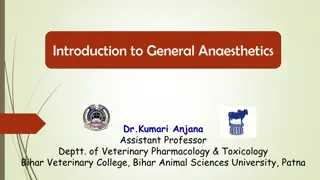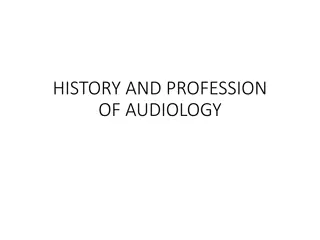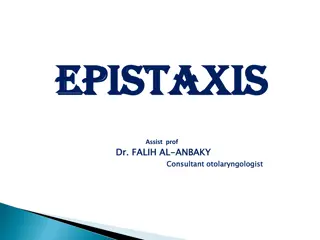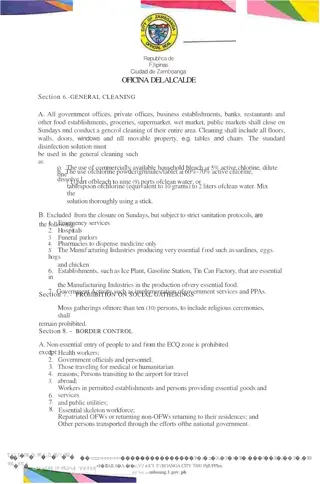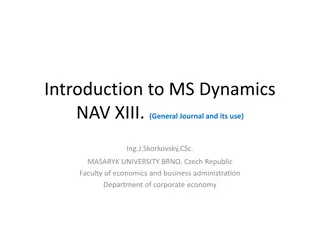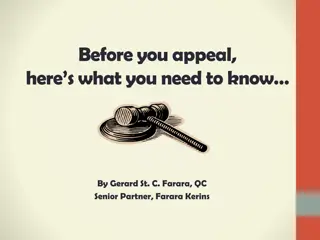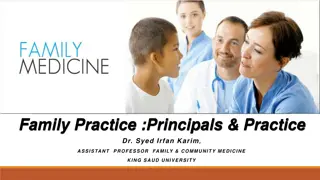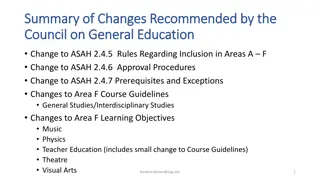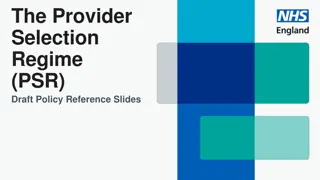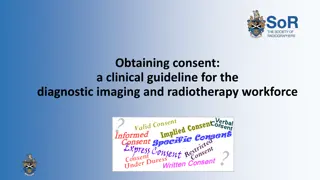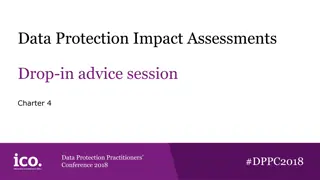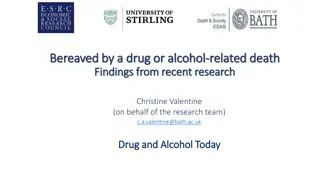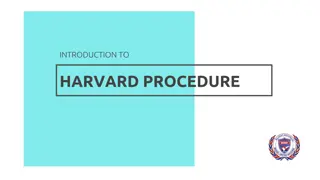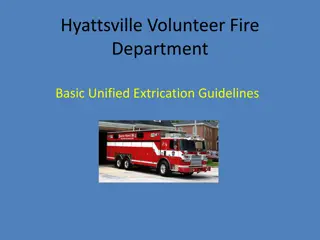Essential ENT Guidelines for General Practitioners
Comprehensive ENT guidelines including anatomy images, tips for managing ear emergencies, mastoiditis, skin infections, pinna hematoma/abscess, and otitis media. Recommendations for referrals, treatment considerations, and diagnostic approaches are highlighted.
Download Presentation

Please find below an Image/Link to download the presentation.
The content on the website is provided AS IS for your information and personal use only. It may not be sold, licensed, or shared on other websites without obtaining consent from the author. Download presentation by click this link. If you encounter any issues during the download, it is possible that the publisher has removed the file from their server.
E N D
Presentation Transcript
ENT for GPs Lydia Abou-Nader ENT ST3
Mastoiditis History of middle ear symptoms All people with a bad infection will have pain Is it out of proportion to the findings Is it fluctuant over the mastoid Check for focal neurology If you aren t sure if it s OM or mastoiditis call ENT
Infections Involving Skin Facial cellulitis also treated by OMFS/Plastics Where did it start? OE? Eczema? Cut or bite? Depending on extent may need admission Ciprofloxacin Is it lobule sparing?
Pinna Haematoma/ Abscess Send in same day Tell them about cauliflower ear Give ABX
Otitis Media You see more OM than we do! Refer acutely for mastoiditis Refer to OPC for recurrent infection Consider bloods IgG/A/M/E, complement, C1 esterase inhibitor, vaccination response
Otitis Externa Very common Imbalance of natural flora Water Cotton buds Trauma Mechanical blockage Bacterial Vs Fungal Needs treatment with topical drops
The Otitis Externa Tx Hierarchy 1. Water precautions (swimmers) 2. (Microsuction) 3. Topical drops +- pope wick 4. Topical creams +- ribbon gauze wick 5. Topical ointment +- ribbon gauze wick
Malignant Otitis Externa Necrotising Otitis Externa Skull Base Osteomyelitis Be aware the Diabetic Immunocompromised Elderly with pain out of proportion to findings
Traumatic Perforations >90% will heal within 3 months Water precautions No ABX unless contaminated MOI Drops not oral tablets
Epistaxis First aid first! Lean forward and spit blood out of mouth Pinch the soft part of the nose Fingers should go white Don t let go for 10-15 minutes If you can find ice put some on the forehead/bridge of nose/occiput If it doesn t stop bleeding -> A&E Ambulance if torrential High risk hypovolaemia/MI
Epistaxis Key history: Which side Front or back when you are sat up watching TV First aid Previous treatment HTN, blood clotting problems, blood thinners, nose picking, trauma Examination: Look at the front of the nose on the septum Can use an otoscope for this
Nasal Cautery 1. Topical xylocaine spray on cotton wool 2. Place in nose sit pt in waiting room pinching nose 3. Give patient a kidney dish 4. Use headlight and thuddichums 5. Use 1 or 2 Silver Nitrate cautery sticks 6. If it bleeds use a bit of dry cotton wool in the nose to mop up the blood & continue cautery 7. If all else fails - First aid!
Nasal # BONES not CARTILAGE Needs reduction within 14 days Seen by ENT between days 5-10 optimally Can see after 14 days but less likely to have good outcome Septal deviation is tx with septoplasty 12 months after injury
Periorbital Cellulitis Refer to ENT not Opthalmology Don t watch and wait This is a NOSE problem Ensure there is no focal neurology
Acute Sore Throat Tonsillitis Common Can usually E+D Voice normal/URTI Looks grossly symmetrical Uvula central No peritonsillar fullness Tonsil tissue seen ONLY admitted if not E+D Tx with oral benzylpenicillin Quinsy Uncommon complication of tonsillitis Unilateral worse Trismus Hot potato voice Looks asymmetical Uvula deviated Bulging/full peritonsillar area Tonsil on affected side may not be visible ALWAYS refer even if E+D
Acute Sore Throat Beware the patient with Airway compromise stridor/stertor Torticollis Spitting saliva Sepsis Nothing to see in the oropharynx
Foreign bodies BATTERIES! Ear Biodegradable soon Non-biodegradable soonish Nose Look with otoscope (both sides) Send to A&E Throat Need referring for scope Are they E+D ? Is the point specific?
Ear Wax Major problem for many Hearing aid users Narrow canals Cotton bud pokers Helpful advice for patients IT S NORMAL Olive oil drops Sodium bicarbonate Helpful advice for GPs TM perforations/ ear surgery refer for microsuction
Ear Wax Beware wax in the attic
Vertigo Not an umbrella term for dizziness Most are non-specific dizziness If a pt px with vertigo they need medical review unless they are known to ENT e.g. Meniere's STEMETIL BETAHISTINE
Vertigo Ear dizziness Infection BPPV Meniere's Vestibular neuronitis Non ear dizziness Medication side effect Stroke MS Vertiginous migraine Postural hypotension/anti- hypertensives Arrhythmia Vision disturbance/bifocals/varifocals Musculoskeletal problems Diabetes
A Note on Funding Very strict criteria for tonsillectomy and grommets Ref grommets for serial hearing tests Do not refer for tonsoliths Consider an exception form
